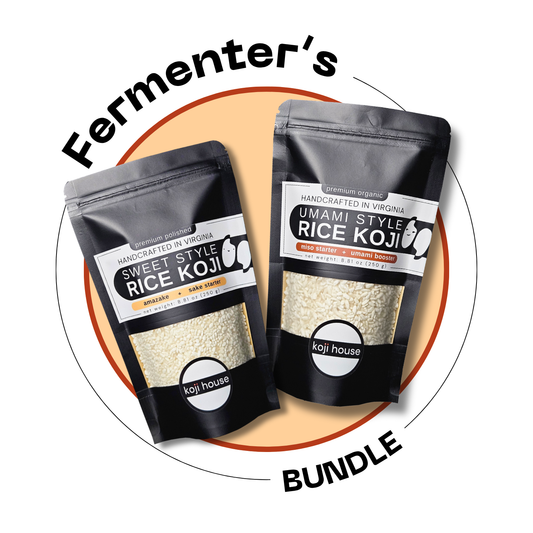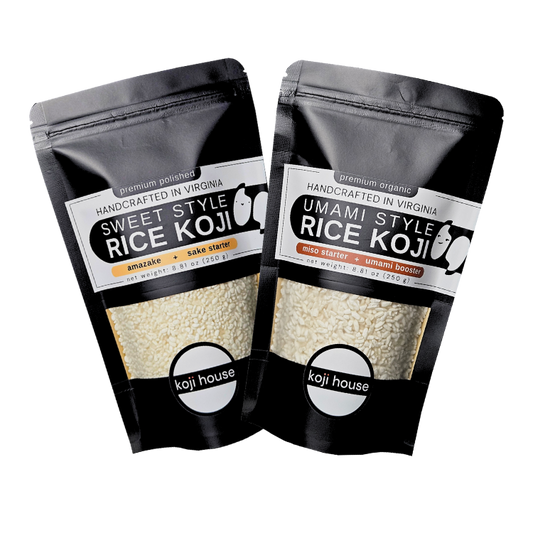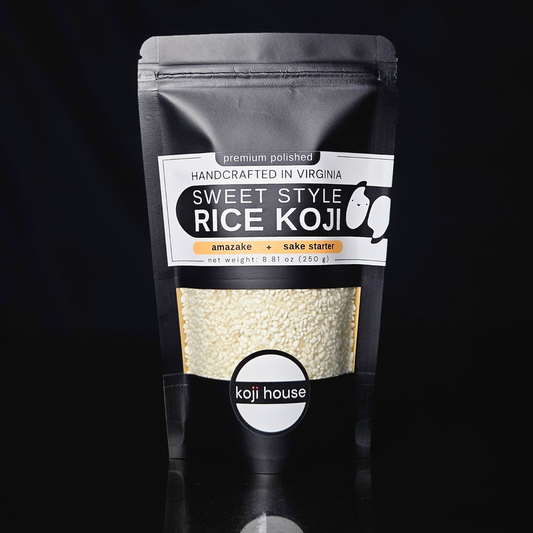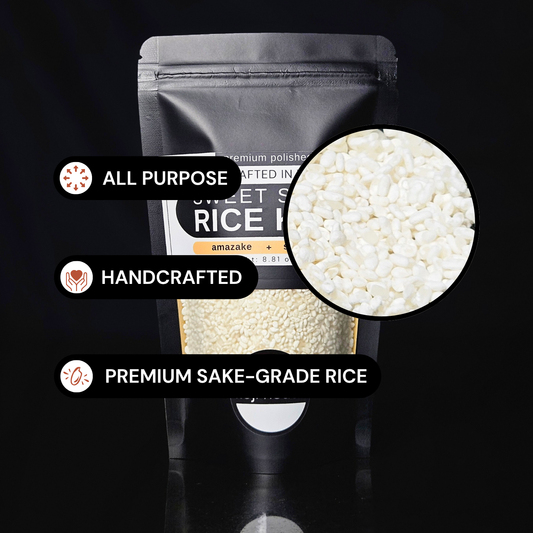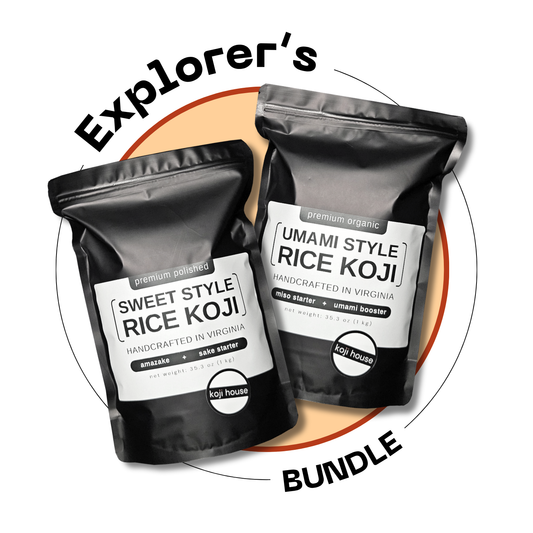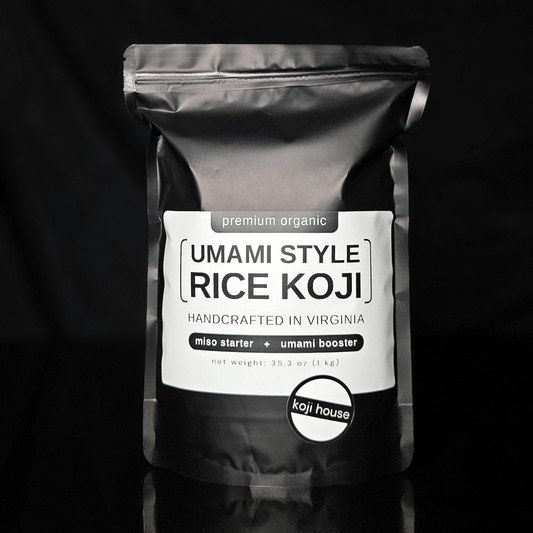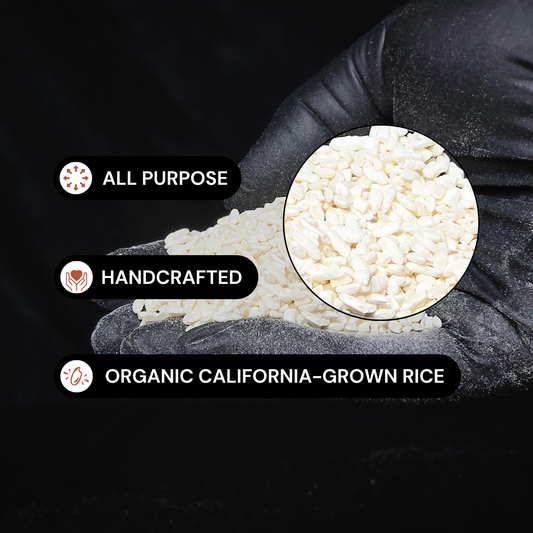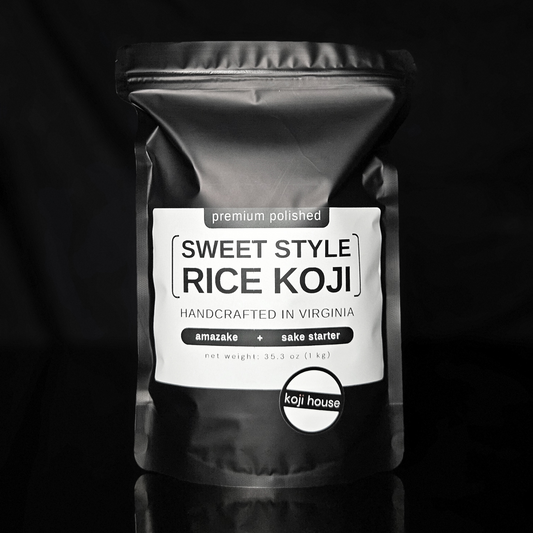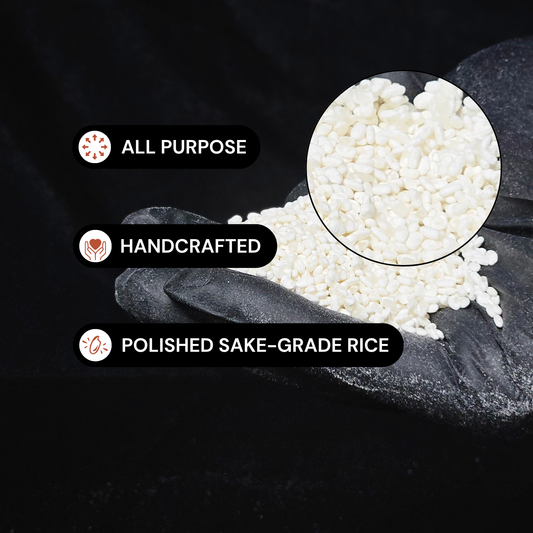What is koji?
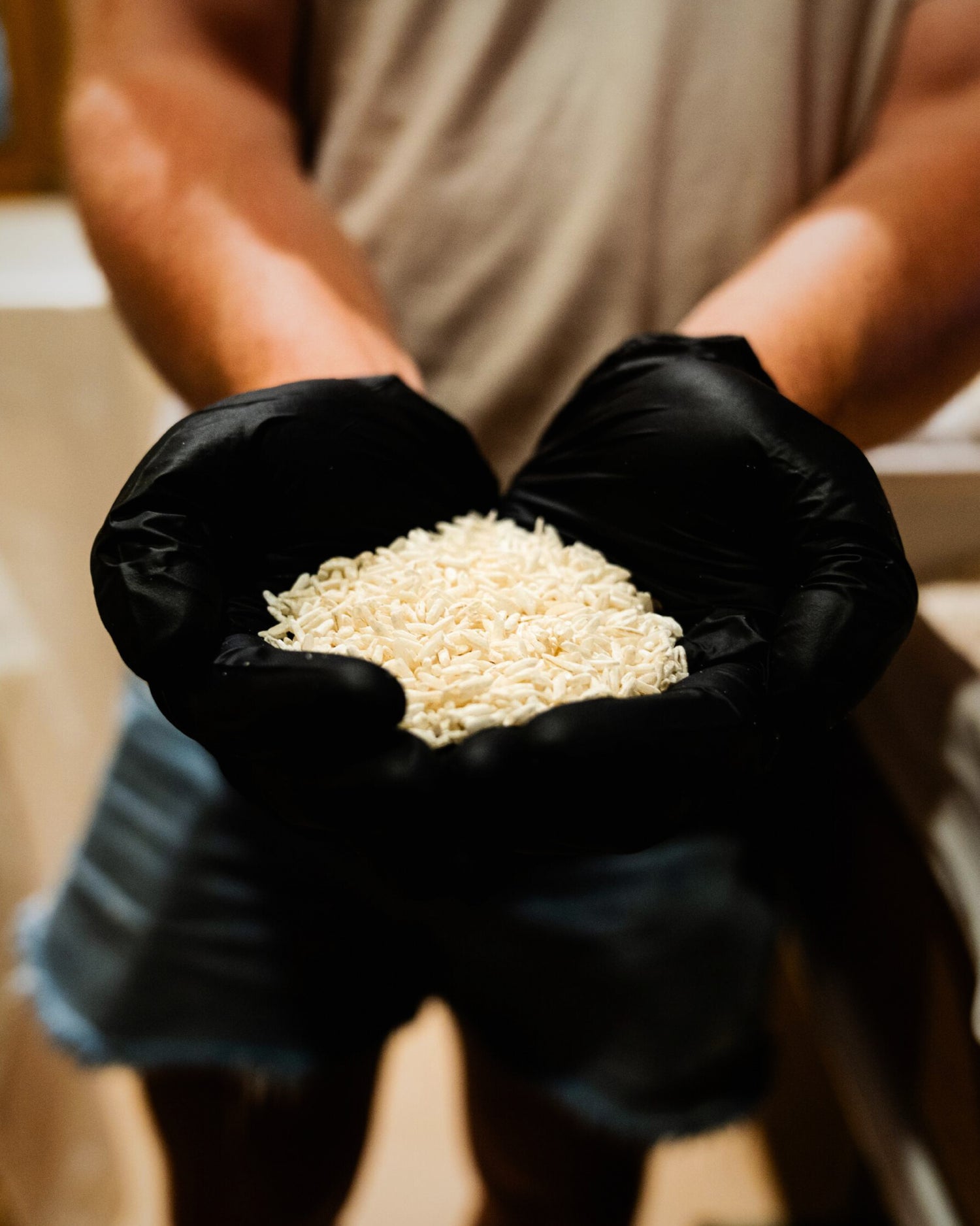
The moldy basics:
Koji (also spelled kōji or kouji) is traditionally a cooked grain, most commonly rice, that has been inoculated with Aspergillus oryzae, the fermentation culture known as koji mold.
Koji has been famously cultivated in Japan for thousands of years for its uniquely transformative powers. Koji enhances food by producing enzymes that transform nutrients like starches and proteins to create tasty sugars and amino acids.
Why is koji so special?
-
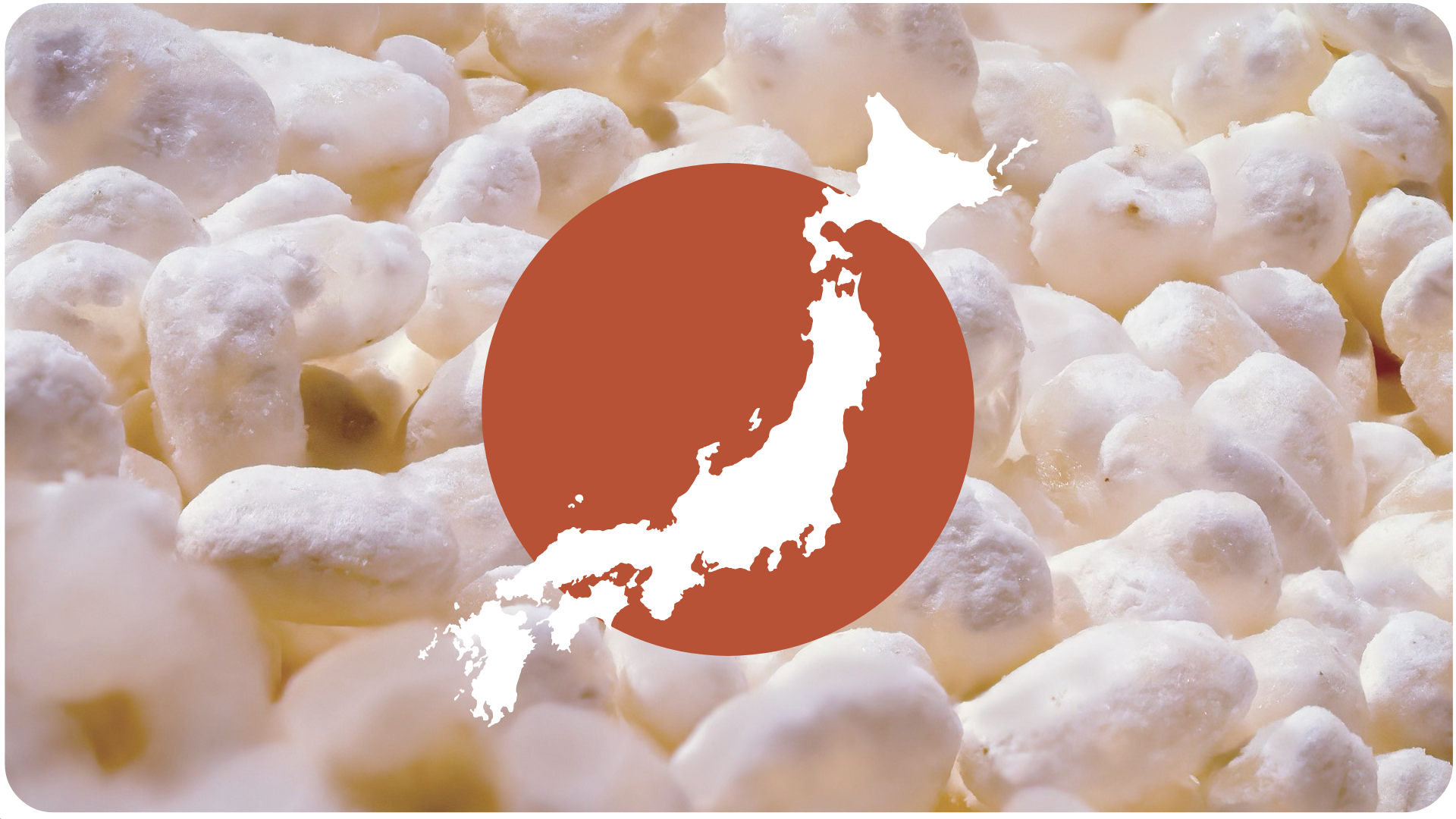
Culture and Tradition
Koji is the foundation of Japanese cuisine and was declared Japan's "official national fungus" in 2006. Koji has a millennia-long history in the island nation reflected in their most popular food staples: miso, soy sauce (shoyu), sake, amazake and so much more!
The process of making rice wine and fermented bean paste using molds was first documented in the 4th century B.C. In 725 AD the Japanese book Harima no Kuni Fudoki ('Geography and Culture of the Harima Province') first mentioned koji outside of China and described that the Japanese produced koji with fungal spores from the air.
-
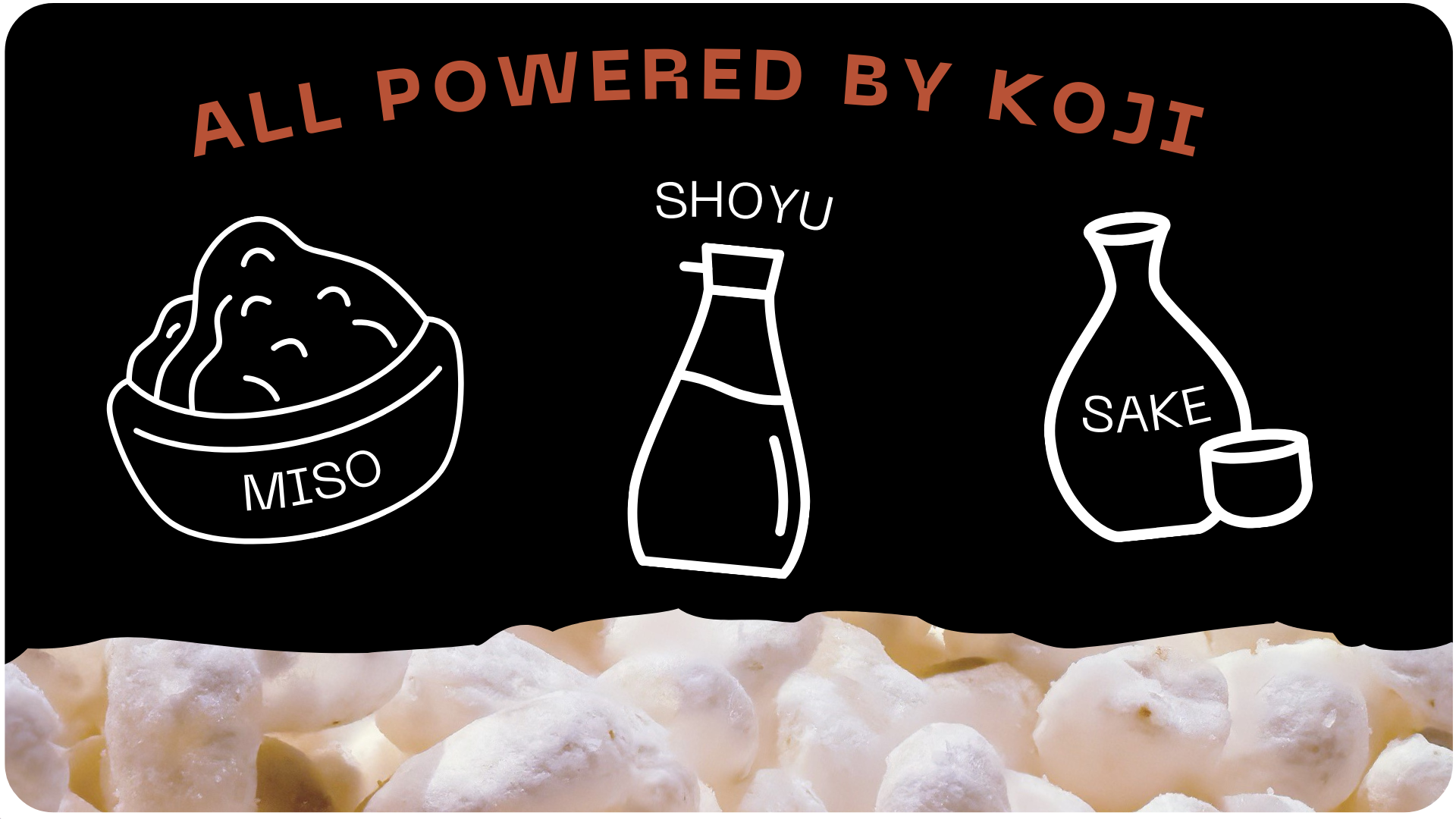
Cooking Benefits
Learn to cook with kojiKoji unlocks richer flavor and texture in your favorite foods. This is made possible by the powerful enzymes koji produces, protease and amylase, which naturally boost sweet and umami flavors by breaking down larger proteins into savory amino acids and carbohydrates into sweet simple sugars during fermentation. These powerful enzymes are also natural tenderizers - try 'em on whatever veggies or protein you like! Koji can also be used to supercharge classic ferments, too - got a favorite fermented hot sauce recipe? Koji will make it better. Want to experiment with it in your own kitchen?
-
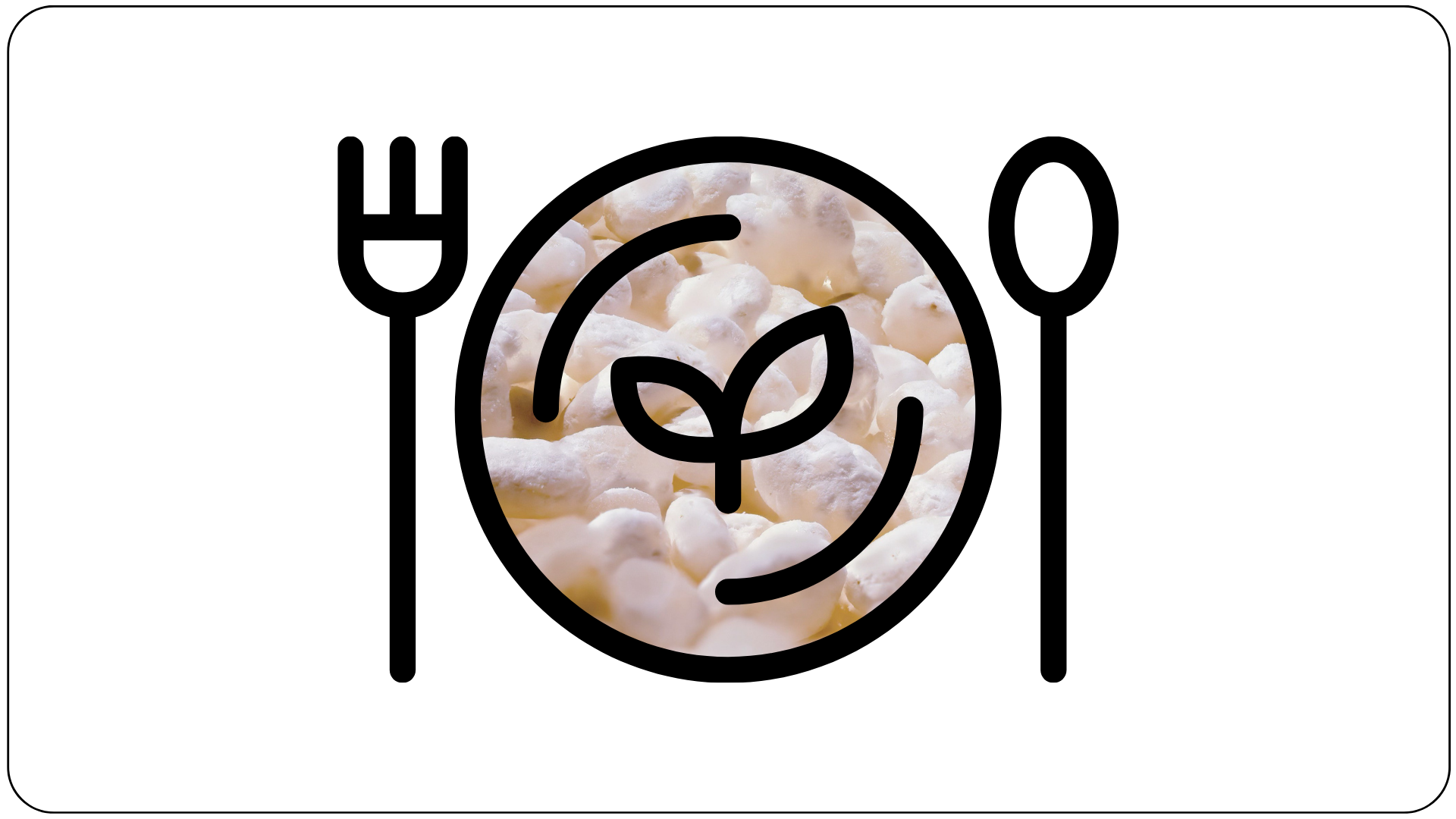
Health Benefits
Koji's powerful enzymes help predigest the nutrients in your favorite foods, boosting their availability and absorption, helping your body's digestion while supplying it with more available vitamins and minerals. Koji also has prebiotic properties and is suspecting to be linked to the lengthened longevity in broader Japanese society. Healthy and delicious? What's not to love...
How To Use Rice Koji
To transform your cooking!
-
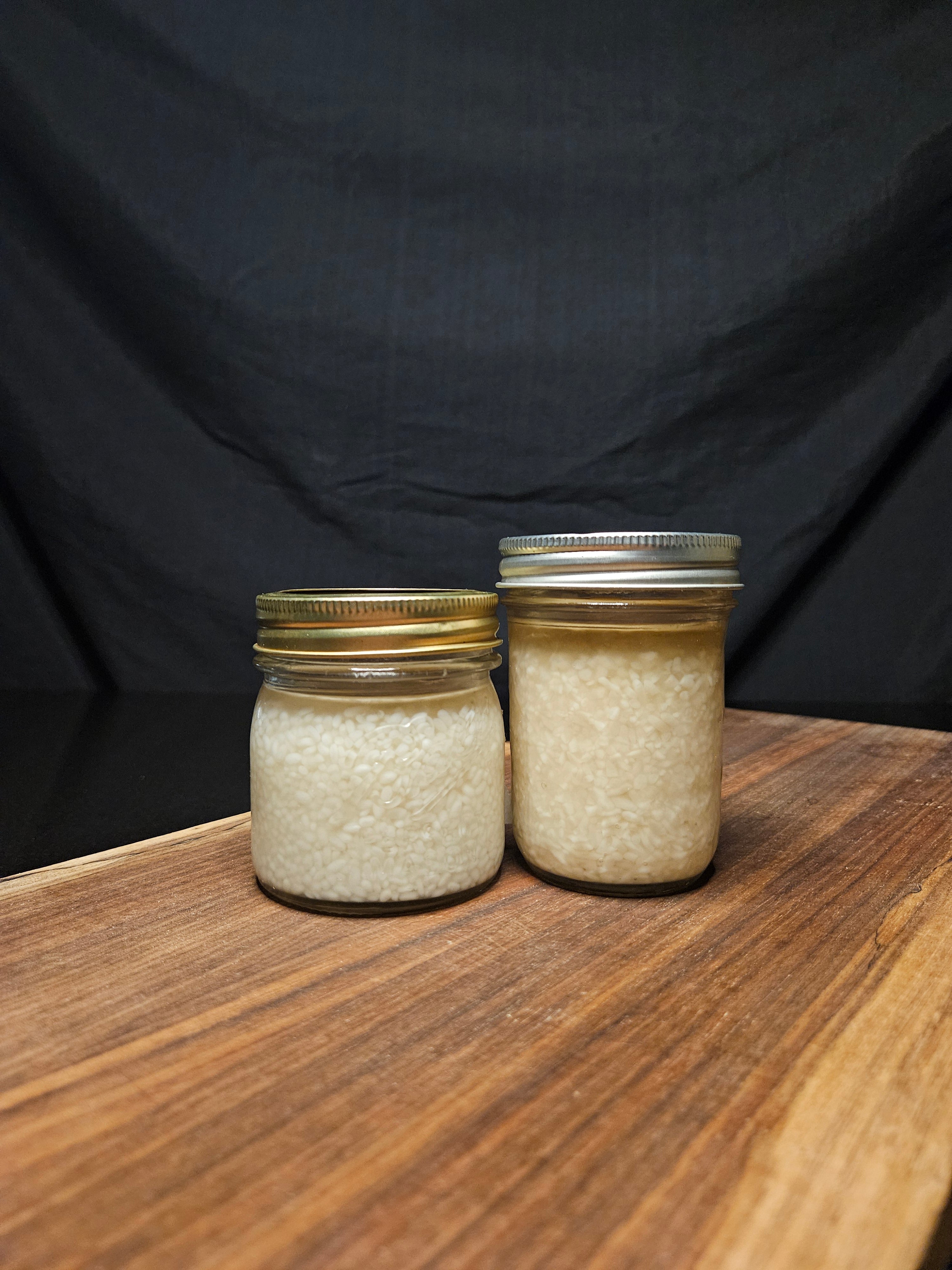
Simple: Shio Koji
VIEW SHIO KOJI GUIDEImpress your dinner guests by marinating proteins in this simple fermented combination of just three ingredients:
rice koji, salt, and water.
-
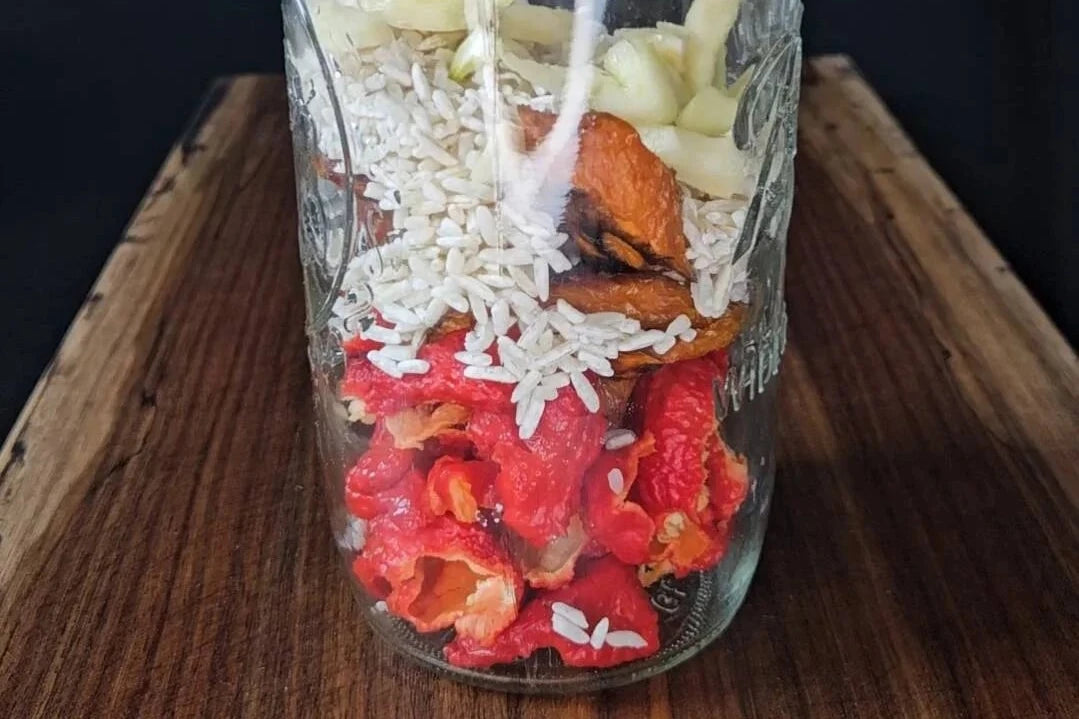
Intermediate: Fermented Hot Sauce
VIEW KOJI HOT SAUCE GUIDEFind your new favorite fiery fermented friend and discover the ways koji can boost flavors and create totally new ones.
-
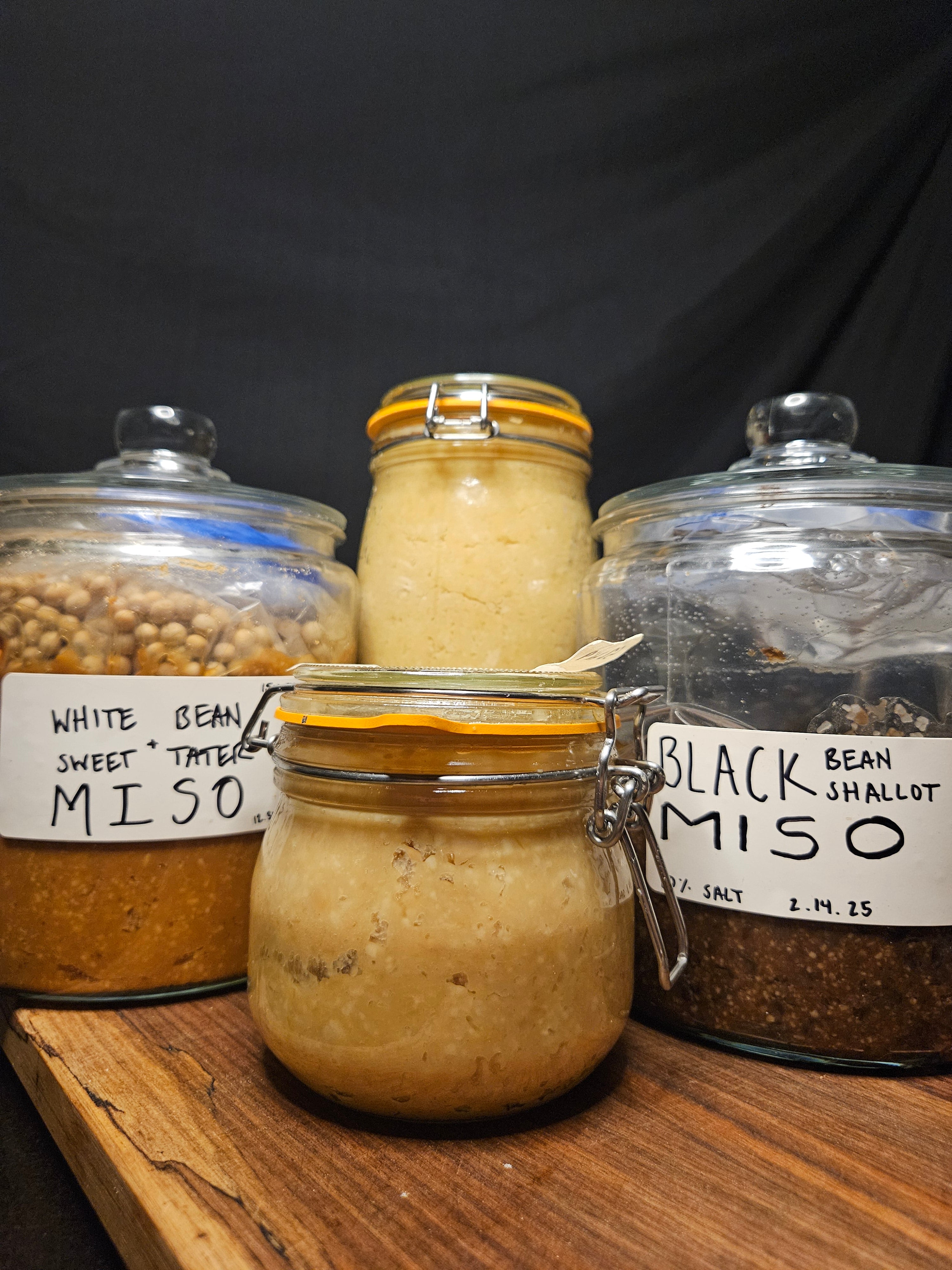
Advanced: Miso
VIEW MISO GUIDEInstantly add the depth and character that puts your dish ahead of the rest. Use koji to make a custom miso that'll blow some minds.
How is koji made?
We carefully follow nine traditional steps to grow the best possible koji for all your projects.
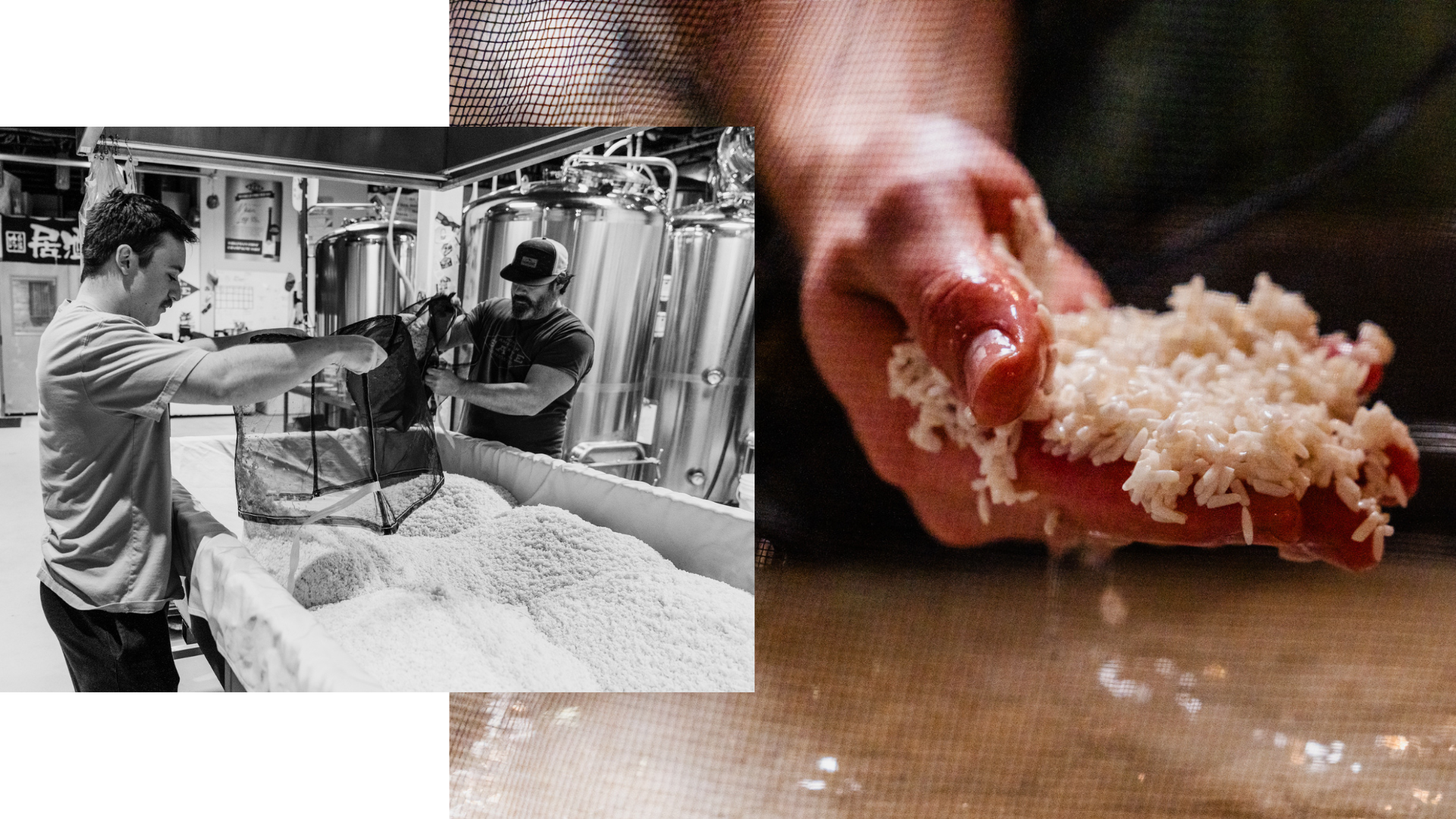
Step 1: Shinseki
Rice, our preferred substrate, must be soaked in fresh, cold water to hydrate the grain and prepare it for the next step →
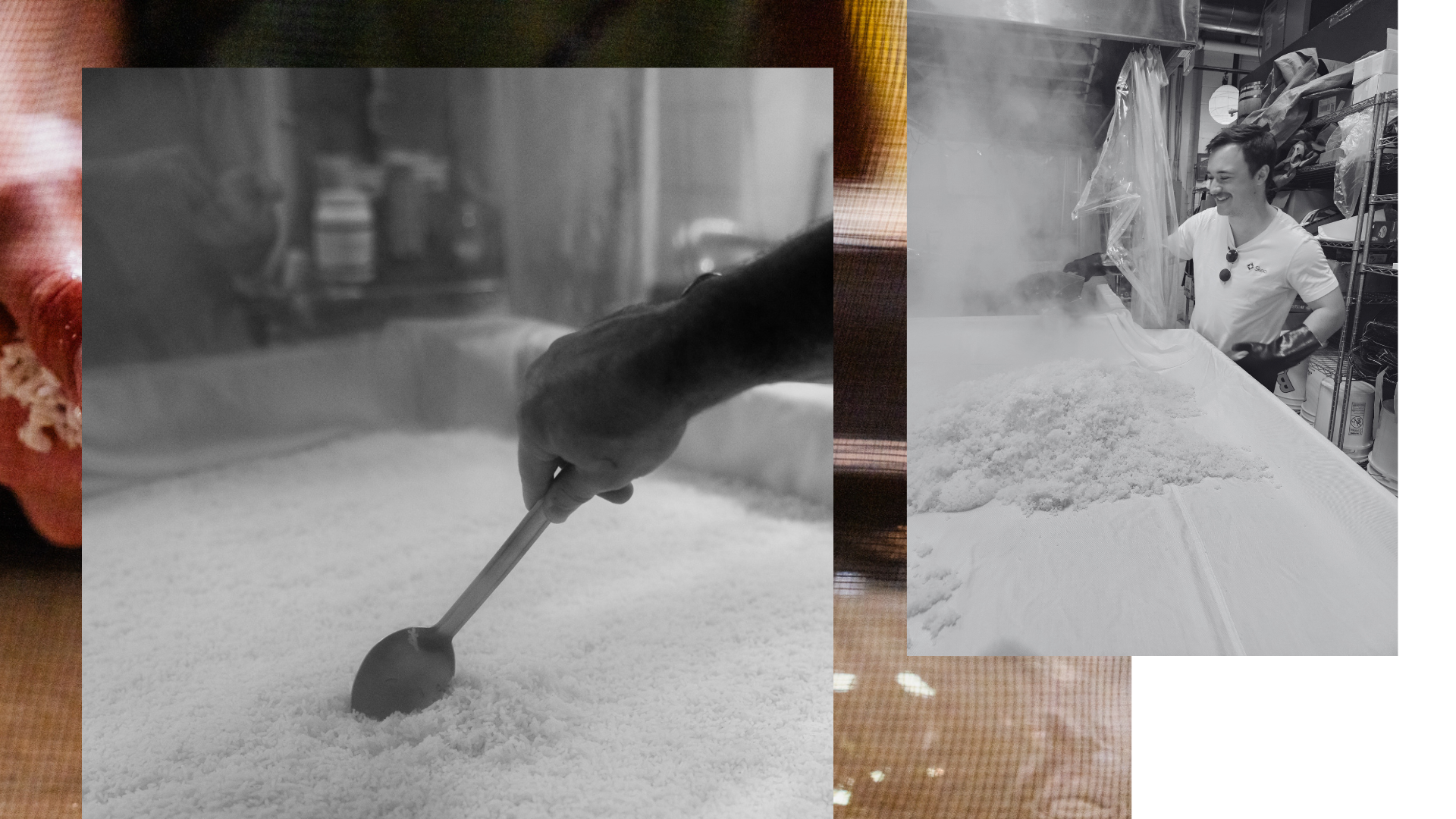
Step 2: Mushi
The soaked rice is then steamed using a large steamer known as a koshiki.
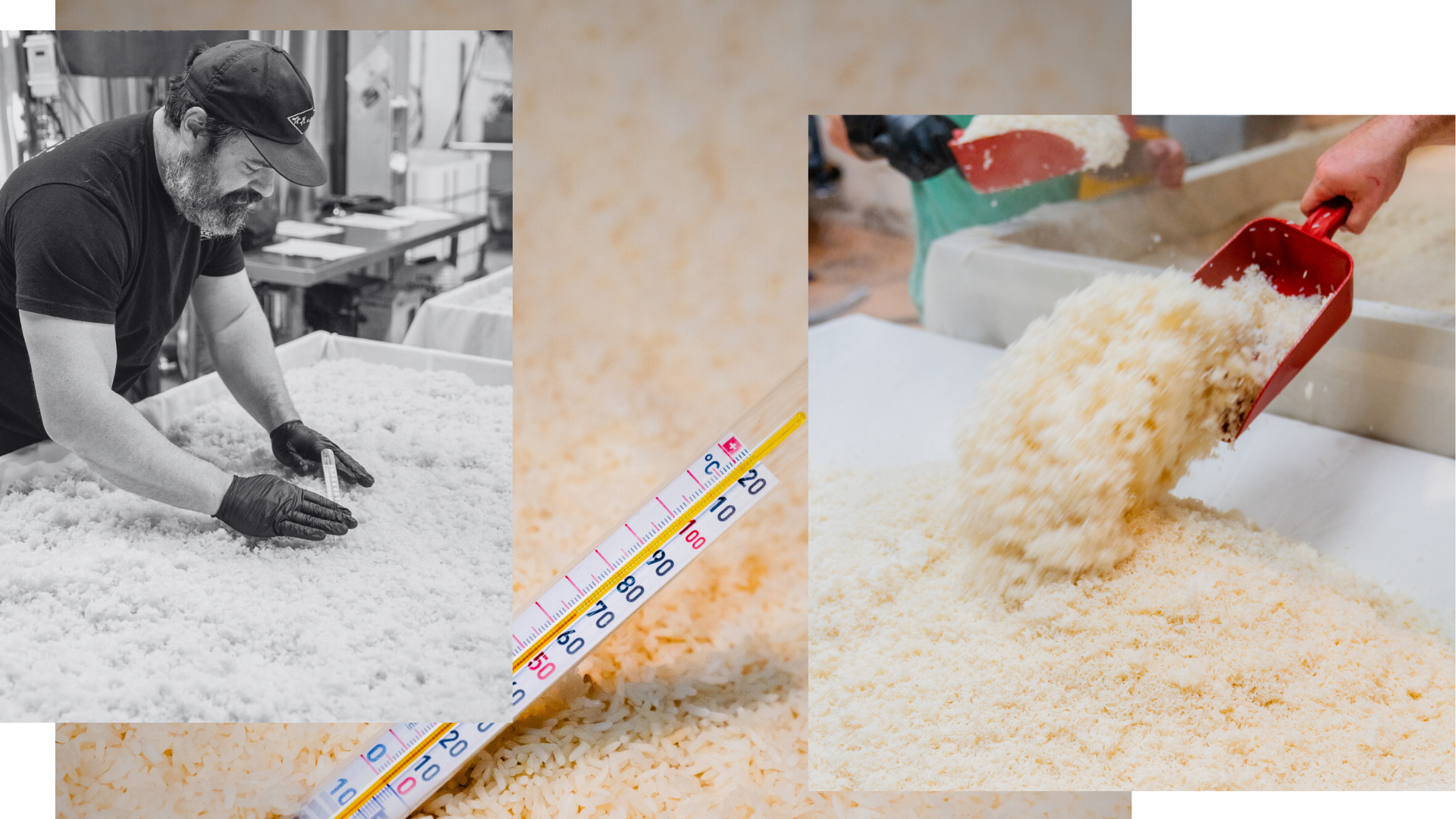
Step 3: Hikikomi
The steamed rice is brought into the koji muro, where it's spread evenly across tables to cool to the ideal temperature for adding the koji spores.
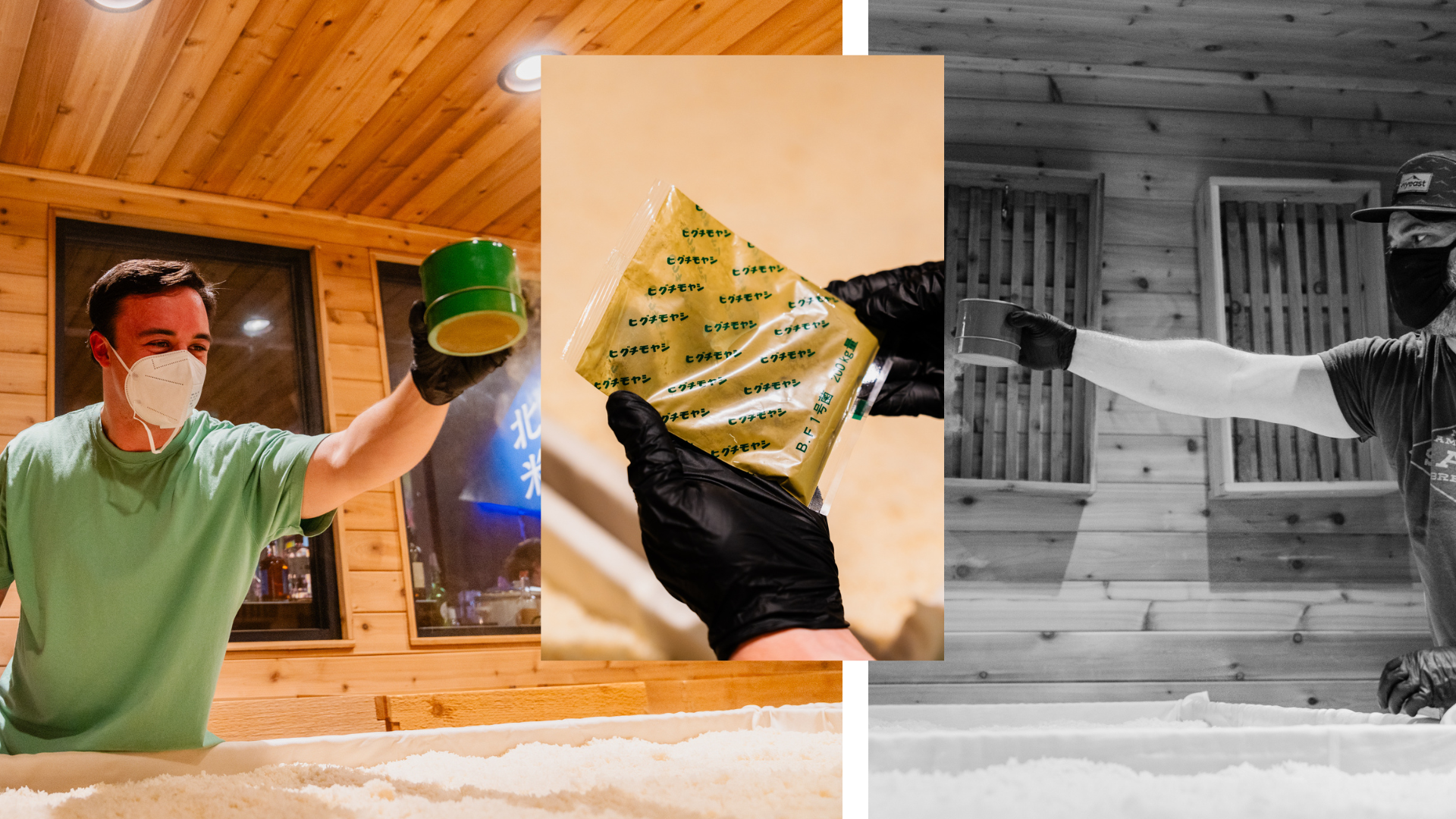
Step 4: Tanekiri
The cooled rice is brought into the special koji growing room called the koji muro where the koji spores, or koji kin, are sprinkled over the cooked rice.
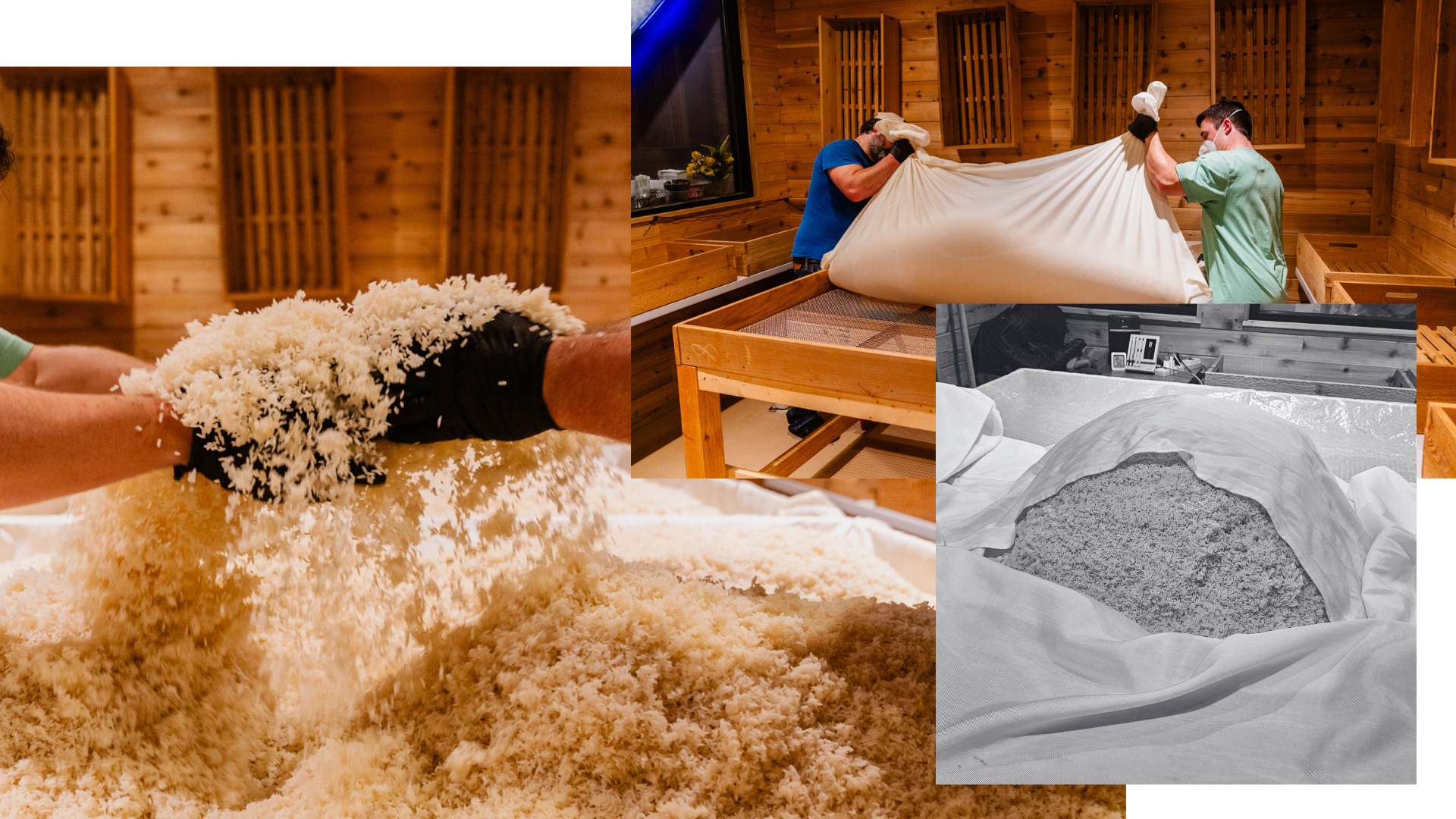
Step 5: Tokomomi
The koji inoculated rice is repeatedly kneaded to evenly distribute the koji spores. The rice is then mounded into a large pile and covered with a blanket to encourage spore growth.
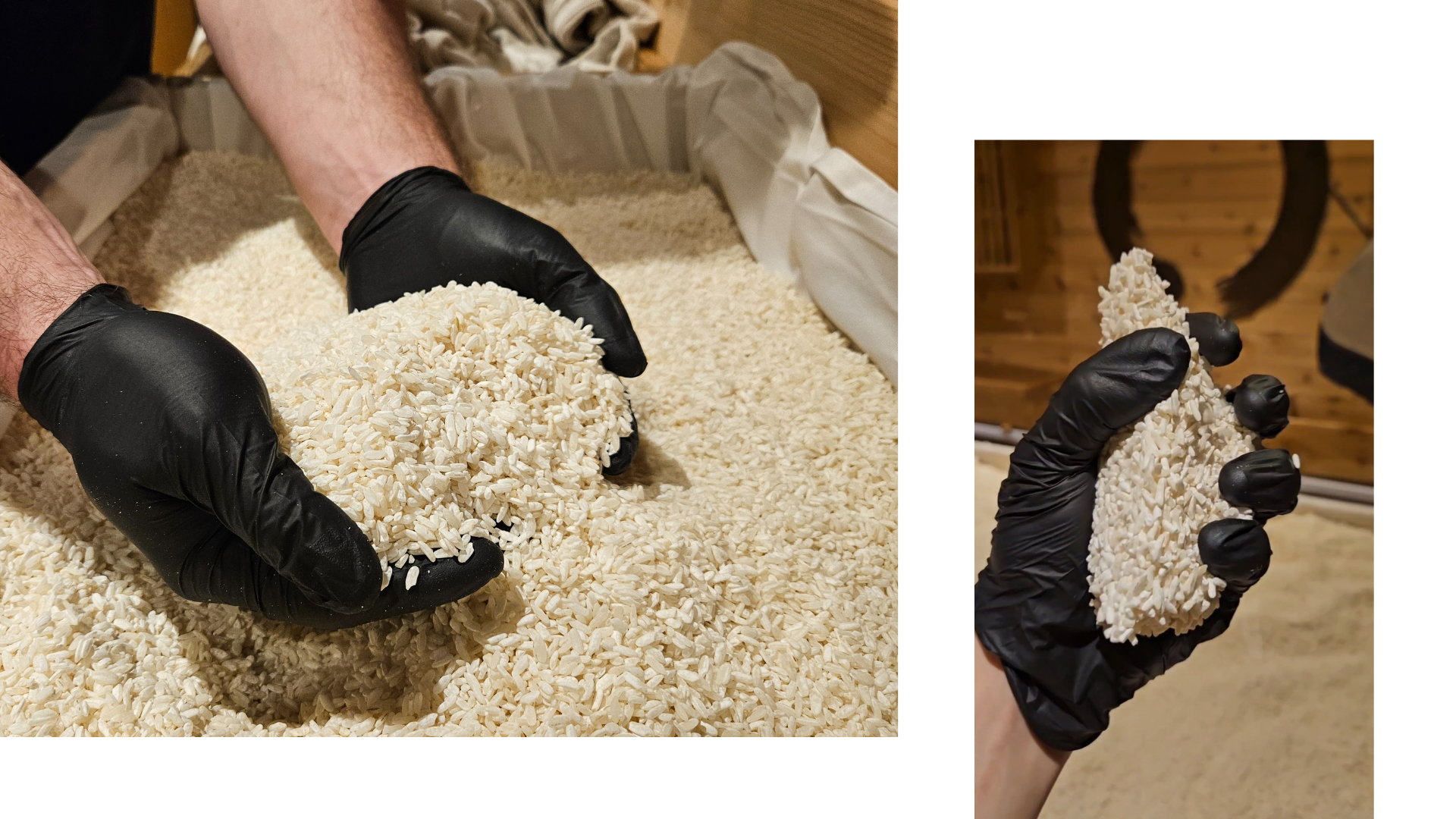
Step 6: Kirikaeshi
After roughly 12-16 hours, the koji spores have create a dense mycellium (basically the "roots" of the mold) and the large pile must be broken up to release heat and moisture.

Step 7: Mori
To maintain stable temperature and moisture, the maturing rice koji is split into smaller trays.
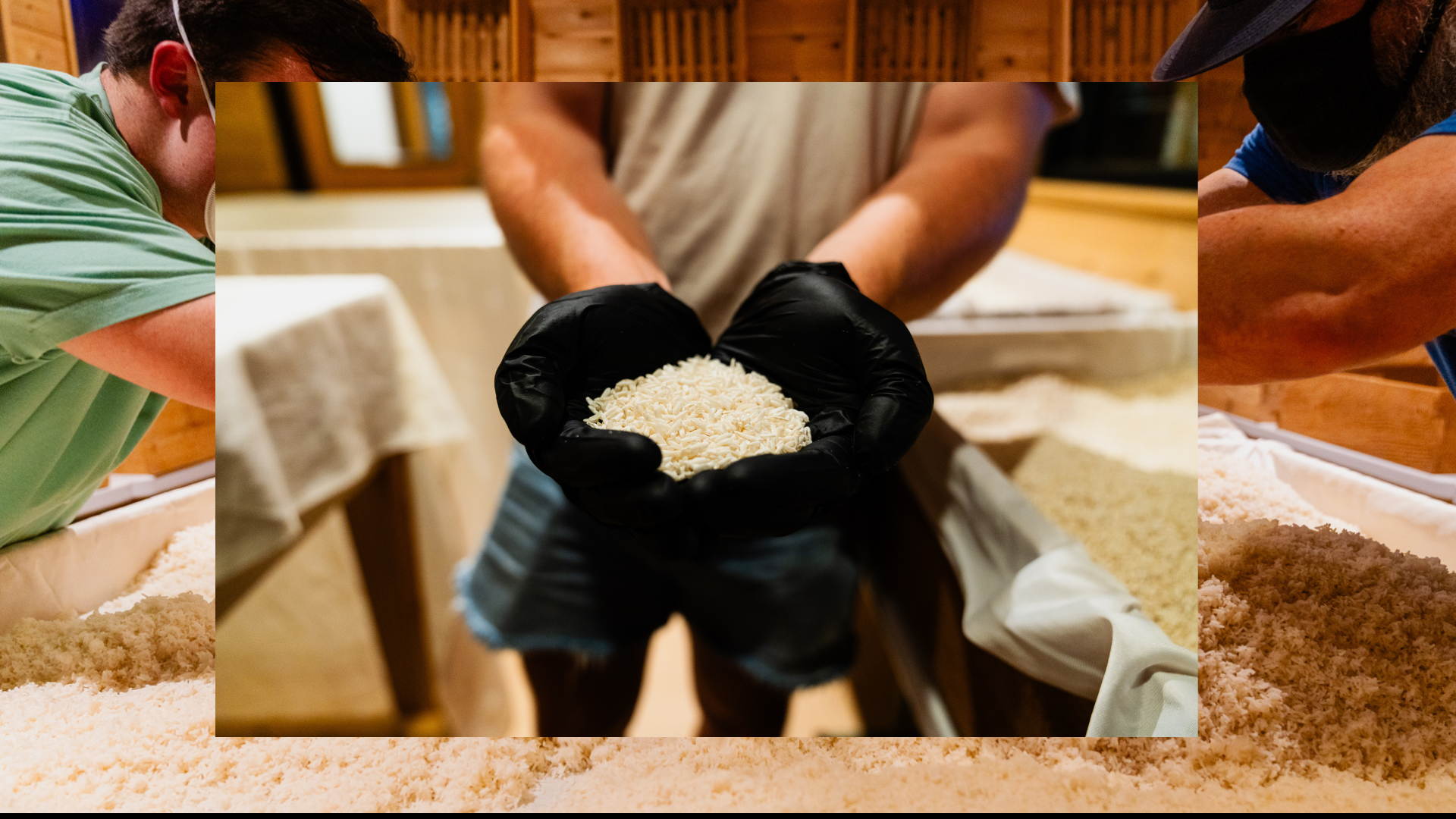
Step 8: Shimai-shigoto
The rice koji located in the smaller trays must be continuously broken up and stirred to even distribute heat and moisture so that the koji does not overheat.
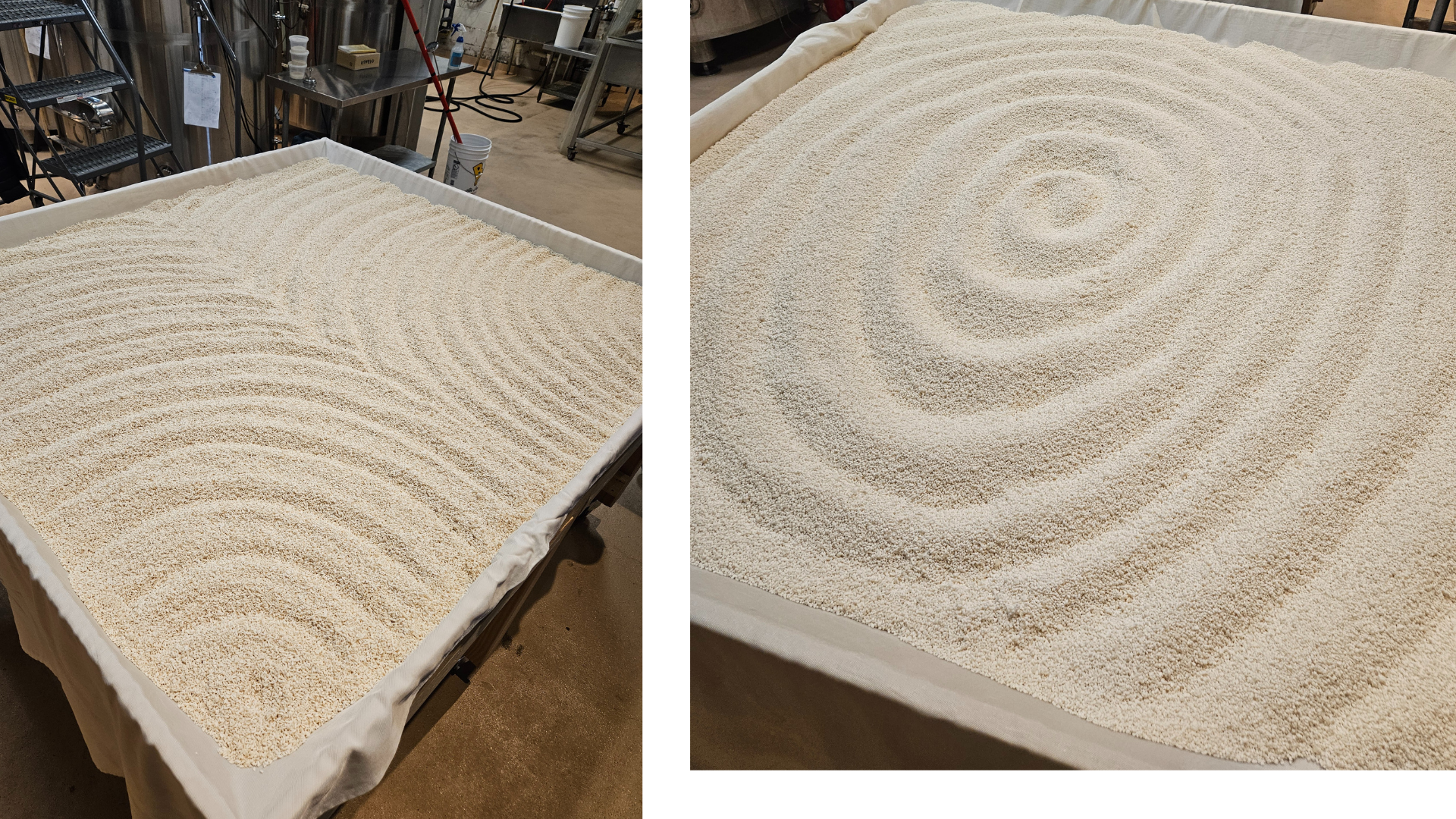
Step 9: Dekoji
The rice koji is now complete! All Koji House koji is grown traditionally by hand at Virginia's first and only sake brewery to ensure that you're working with the best ingredients possible. Ready to start experimenting?
Shop Our Koji
Premium, organic, and made by hand in central Virginia.
-
Koji Fermenter's Bundle
5.0 / 5.0
(1) 1 total reviews
Regular price $34.99 USDRegular priceUnit price / per$39.98 USDSale price $34.99 USDSale -
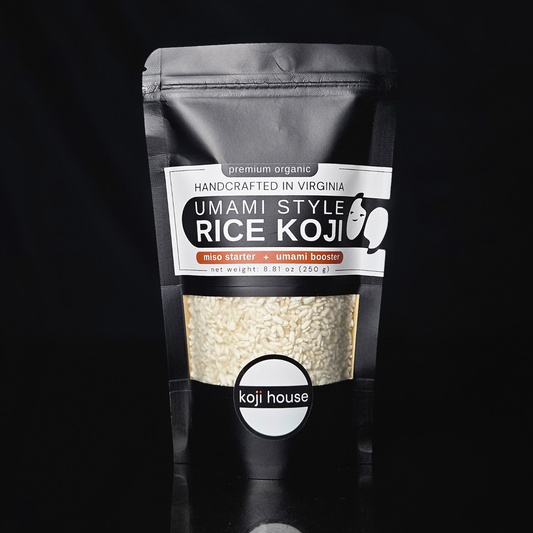
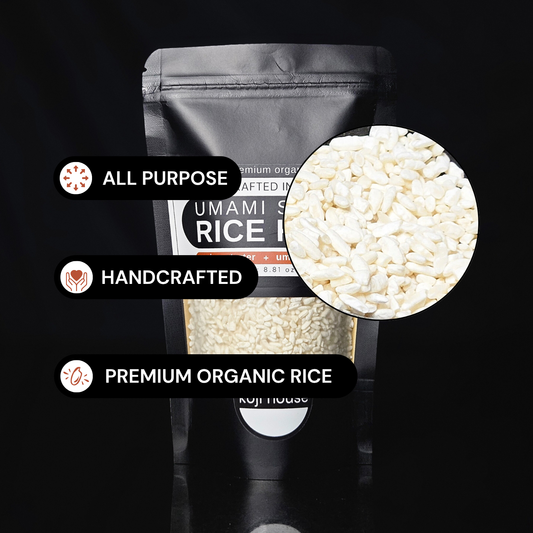 Best Seller
Best SellerPremium Organic Umami Rice Koji (250g)
5.0 / 5.0
(22) 22 total reviews
Regular price $19.99 USDRegular priceUnit price / per -
Premium Polished Sweet Rice Koji (250g)
5.0 / 5.0
(22) 22 total reviews
Regular price $19.99 USDRegular priceUnit price / per -
Koji Explorer's Bundle
Regular price $99.99 USDRegular priceUnit price / per$119.98 USDSale price $99.99 USDSale -
Premium Organic Umami Rice Koji (1 KG)
5.0 / 5.0
(9) 9 total reviews
Regular price $59.99 USDRegular priceUnit price / per -
Premium Polished Sweet Rice Koji (1 KG)
5.0 / 5.0
(3) 3 total reviews
Regular price $59.99 USDRegular priceUnit price / per
More about koji
Koji: Frequently Asked Questions
What is koji kin?
Koji kin is the name given to the spores that are used to inoculate a substrate (e.g. rice, soybeans, barley) to make the finished koji.
What is koji made of?
Koji is always made using a species of mold from the genus Aspergillus, the most common of which are Aspergillus oryzae, Aspergillus sojae, Aspergillus niger, and Aspergillus awamori.
These molds can be grown on just about anything, but are happiest on cooked grains and legumes - these foods are referred to as the "substrate". Common substrates include rice, barley, and soy beans.
Is koji good for you?
Fermenting your food with koji helps increase the bioavailability of the food's essential vitamins and minerals.
Studies suggest that the glycosylceramide compounds found in koji act as prebiotics, specifically promoting the growth of beneficial bacteria like Blautia coccoides in the gut. That means tastier food for a healthier gut!
Does koji go bad?
Fresh koji has a shelf life of about 1 week, but can be frozen to increase the shelf life to several months.
Dried koji has a shelf life of several months to a year, granted it's stored in a dry and cool environment.
What foods is koji used to make?
Miso, soy sauce (shoyu) and sake are the most commonly known traditional foods, but dishes like amazake, sakadane, mirin and shio koji also highlight the exceptional fermenting power of this amazing mold.
Japanese tradition is a good place to start, but koji can be used to enhance any cuisine! Throw it into a lactofermented hot sauce, sauerkraut, or kimchi for an added punch of umami.
Is koji gluten free?
Koji, meaning the species of mold, is gluten free. But that mold can be grown on wheat, which would make it not gluten free. Make sense? Other than that, the most common kind of koji, rice koji, is - indeed - gluten free!
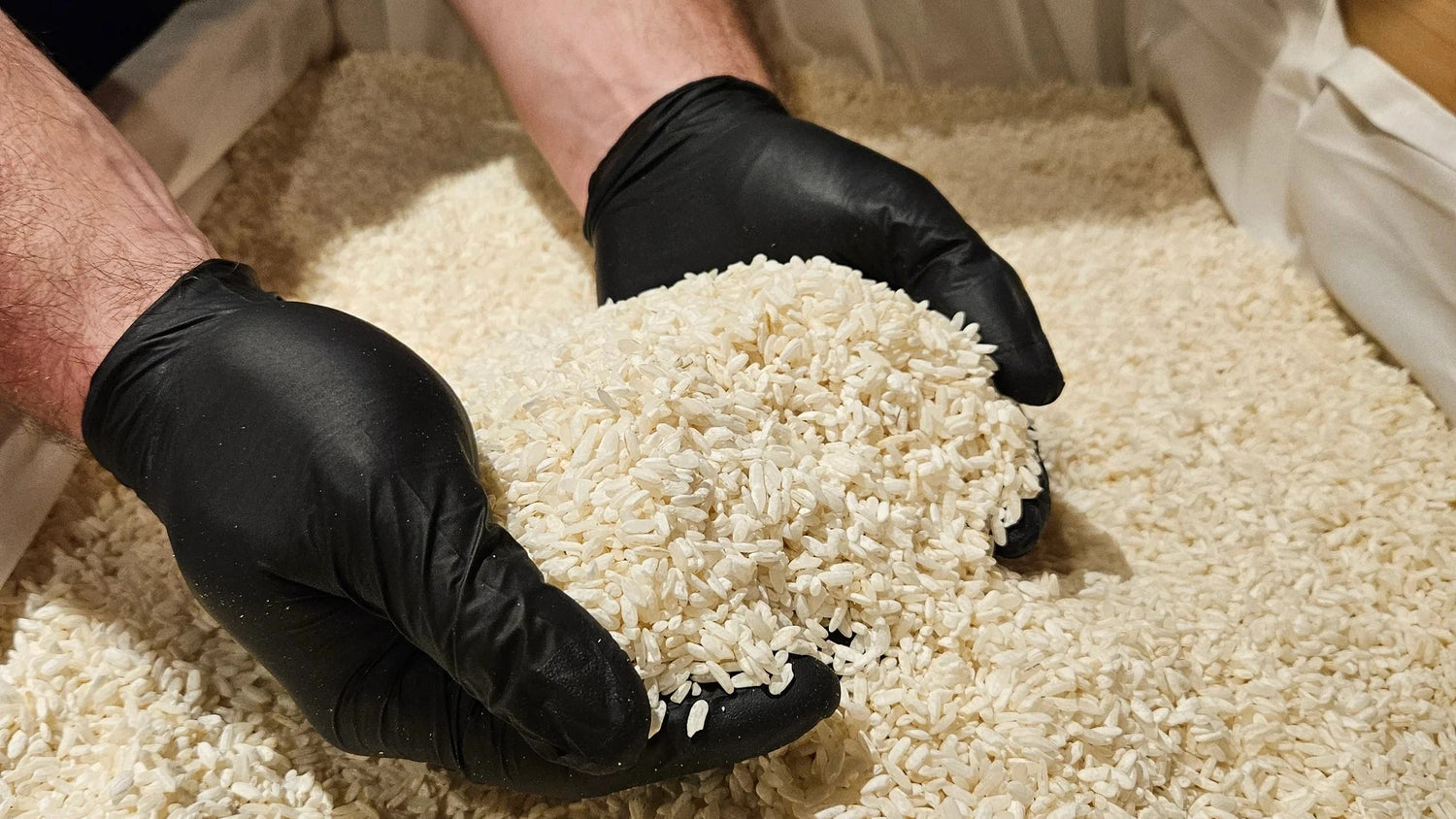
Buy premium, hand-grown rice koji here:
Our koji is made fresh by koji masters at the North American Sake Brewery in Charlottesville, VA. Each small batch is crafted to give you maximum flavor and fermentation power in every recipe.

Want to cook with koji like a pro?
📝 Access detailed, koji-focused recipe guides
🧪 Learn the art and science of koji-based fermentation
👥 Connect with a community of likeminded fermenters








